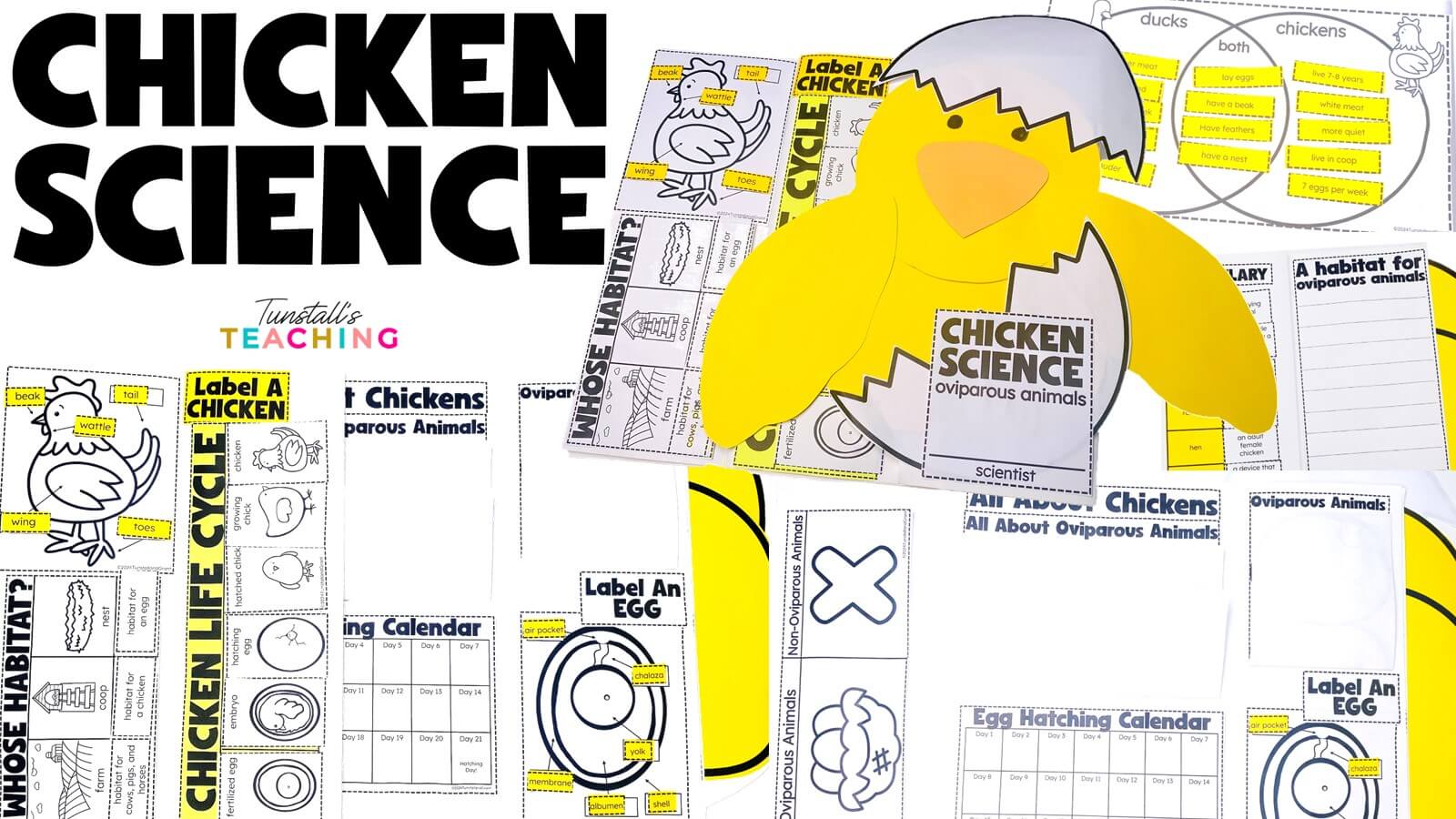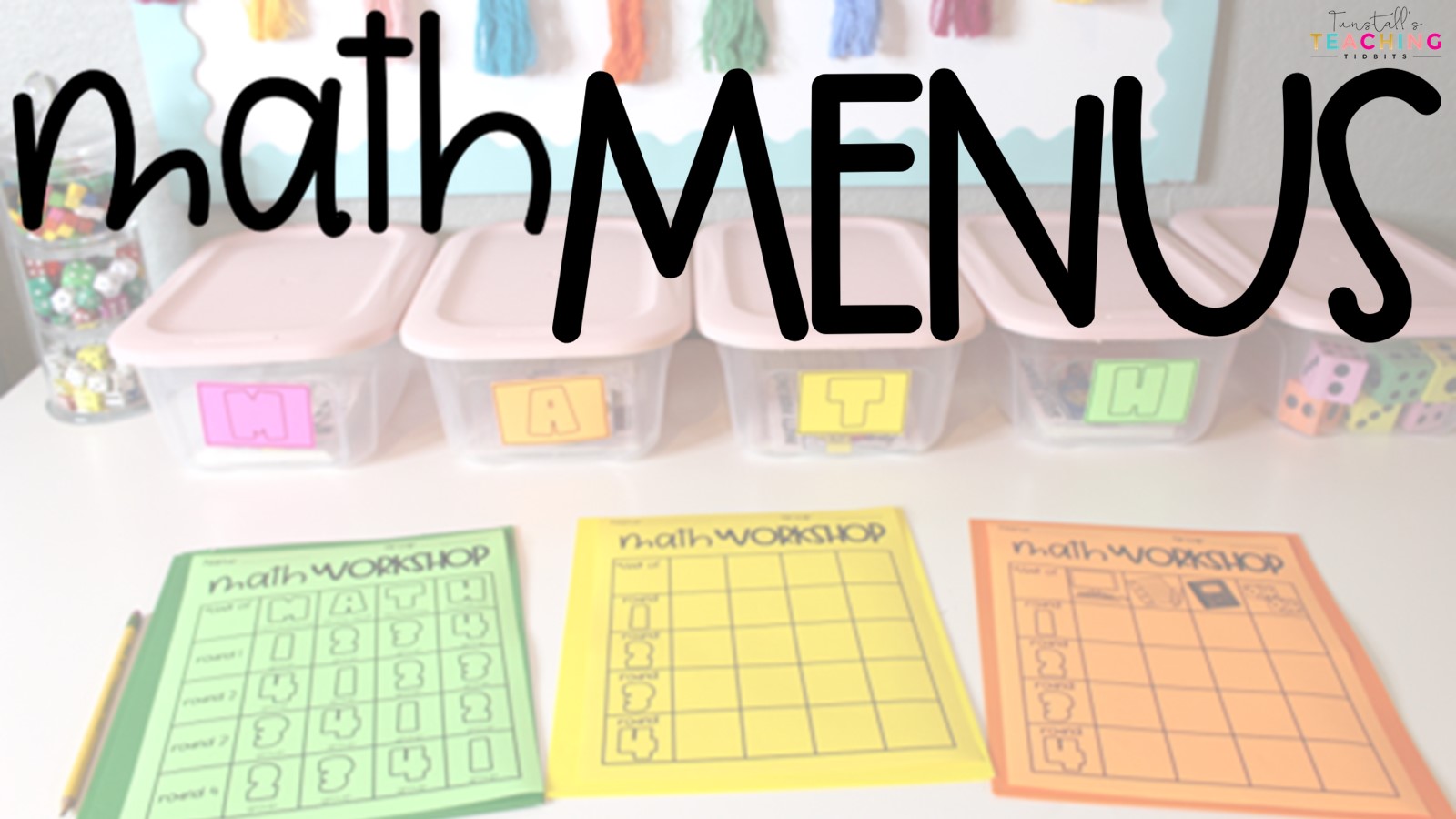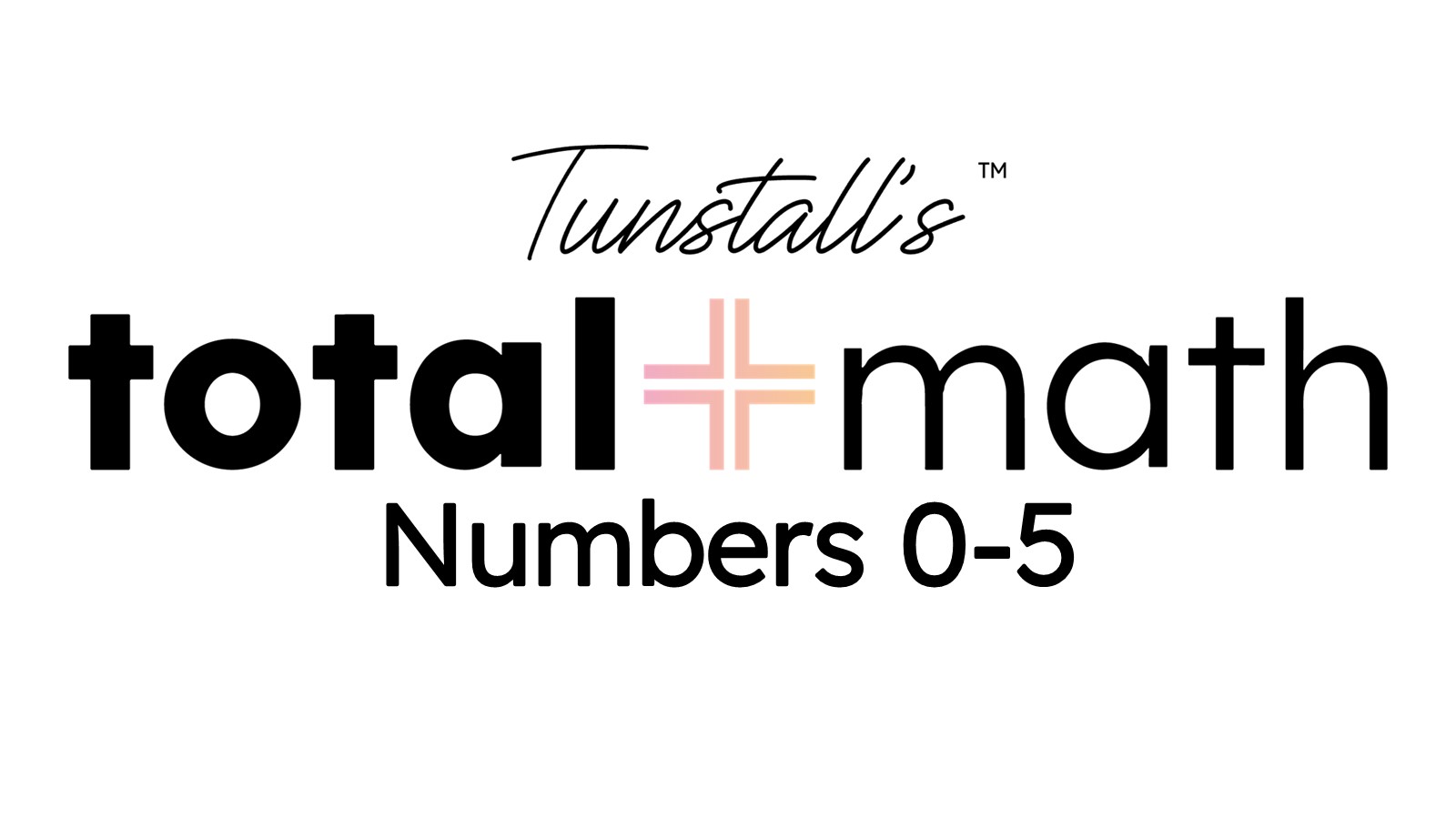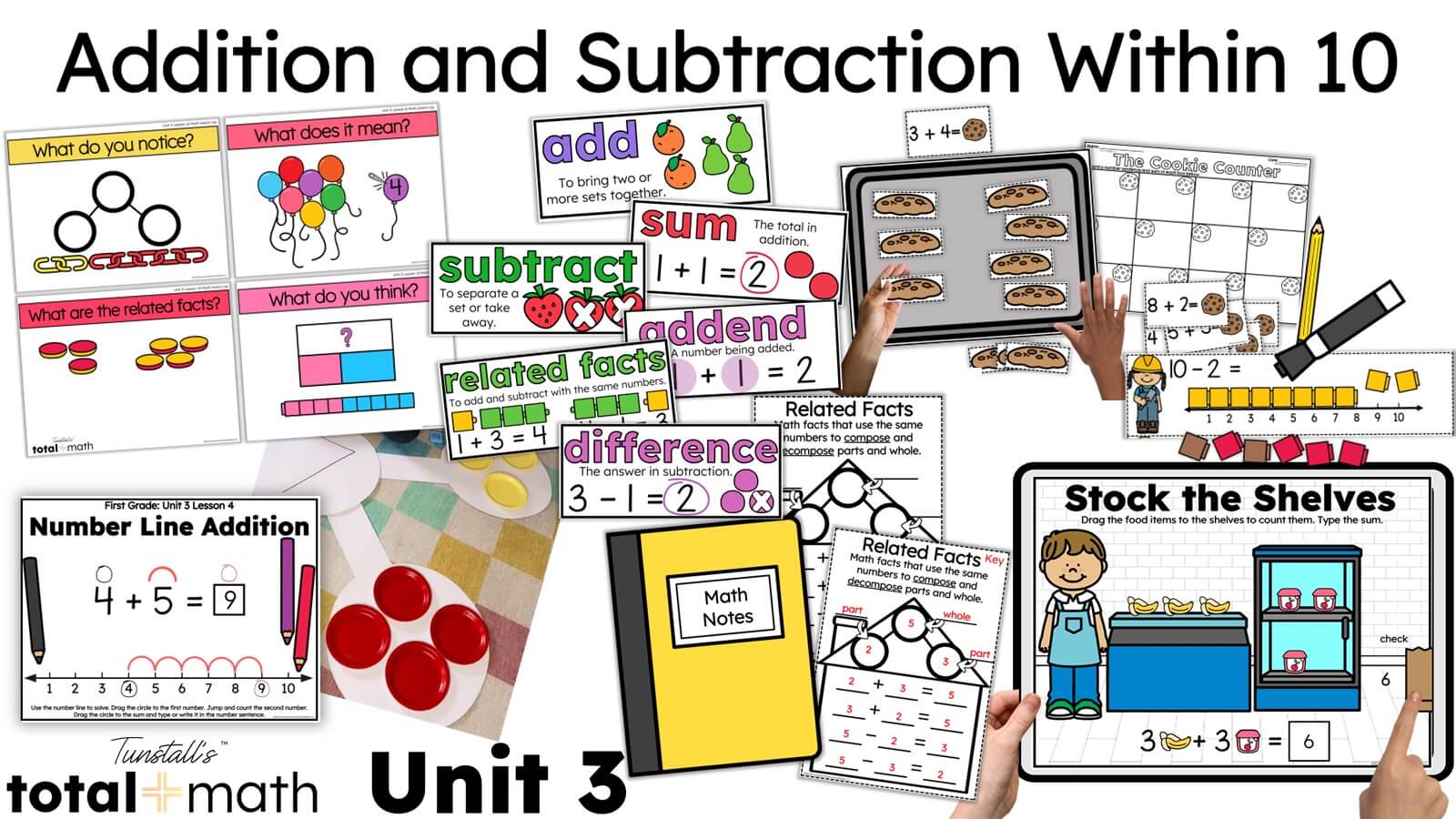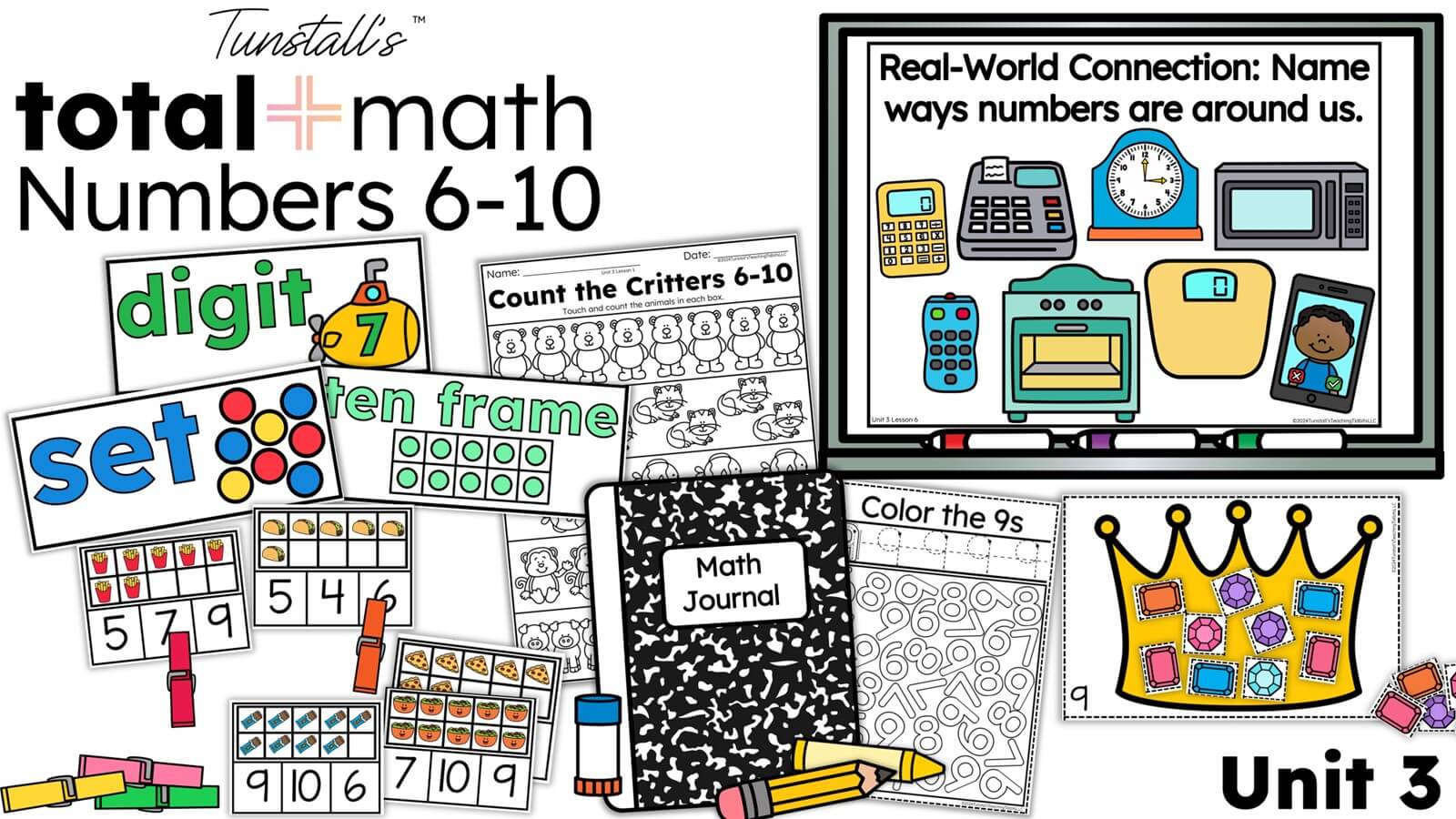How to Build a Thriving Math Community from Day One
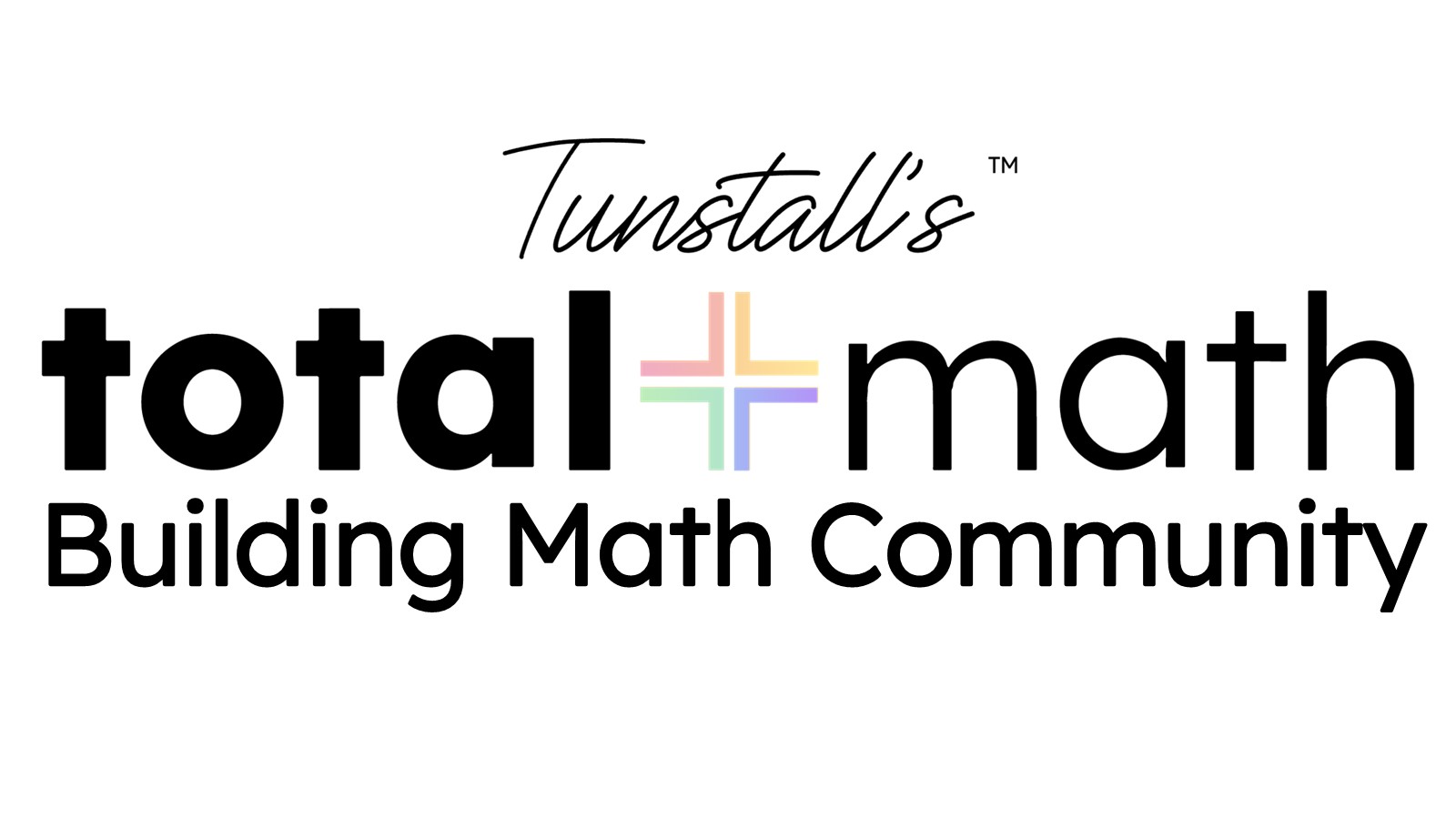
By following some simple steps, we can create a mathematical community where students feel empowered to take risks, ask questions, and explore the wonders of mathematics together. These practices we are sharing will work for any math classroom but this post will focus on how to build a thriving math community from day one in kindergarten, first grade, and second grade.

Building a Mathematical Community: The Secret to Starting Successfully
Creating a supportive and engaging environment for learning math is simpler than you might think. It’s like laying a strong foundation for your house – once you have it in place, everything else falls into line with less effort.
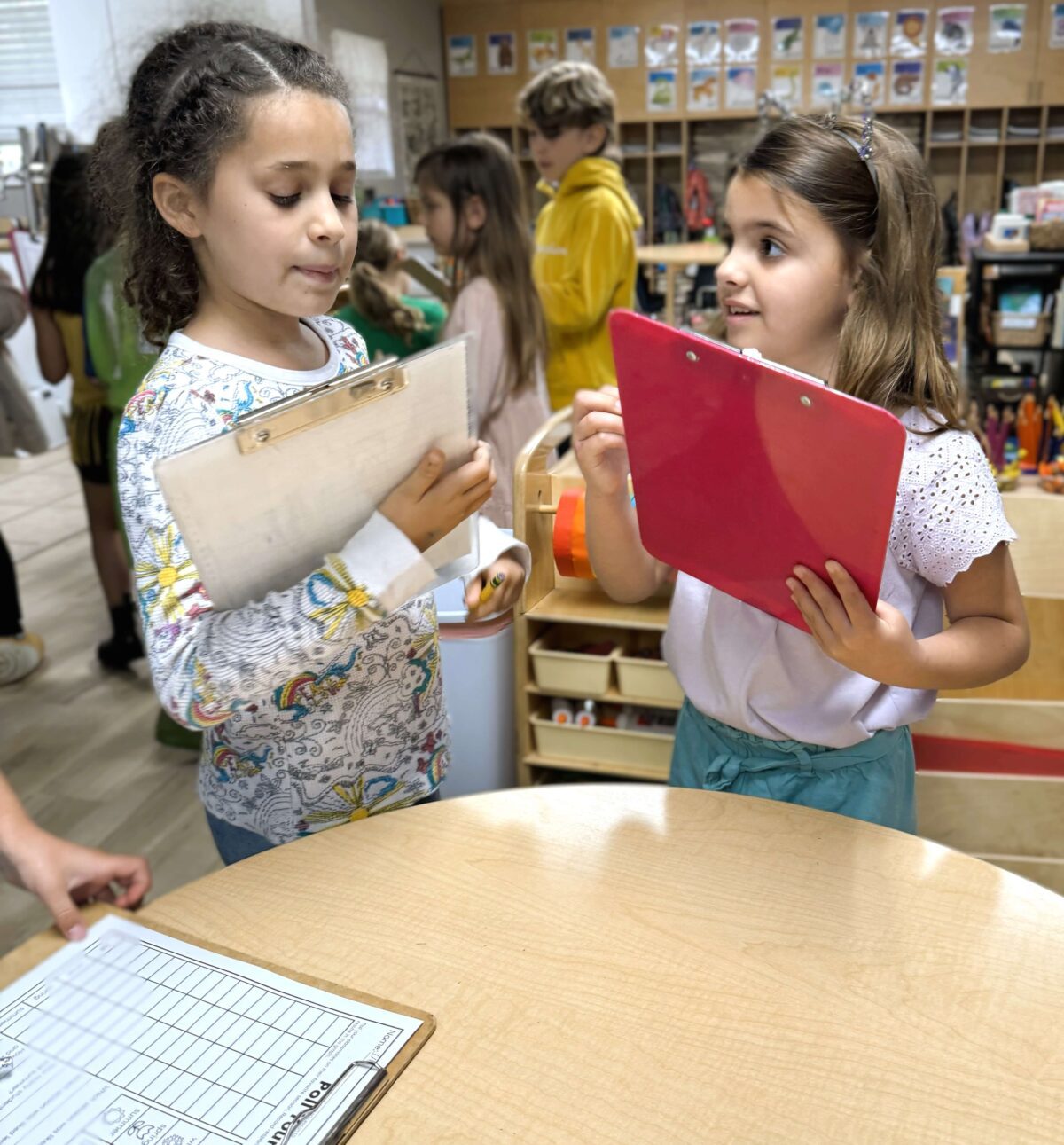
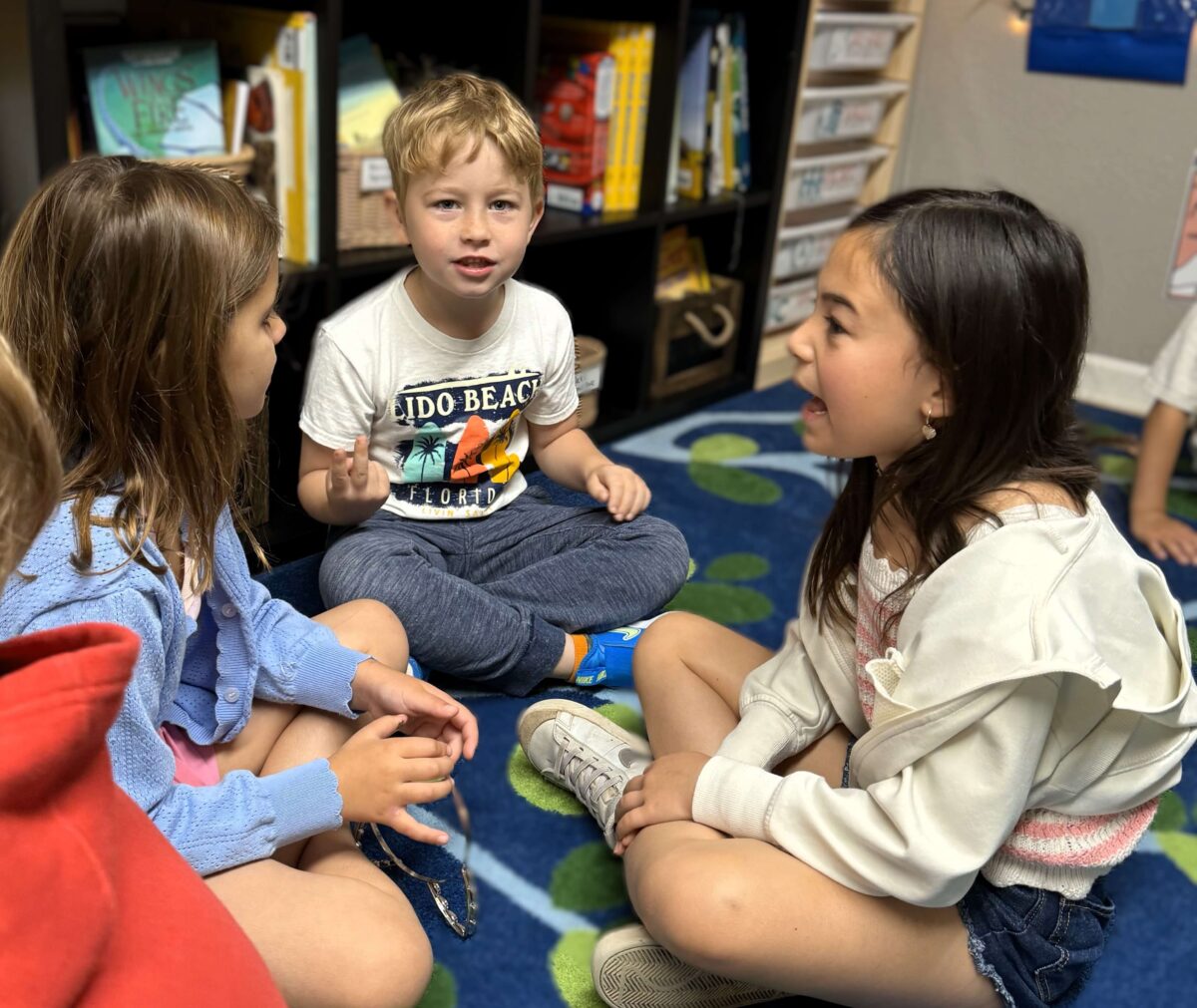
We’ve all experienced a frustrating classroom experience where our interactions were less than positive and collaborative. Perhaps that is why you landed here today. We can’t wait to help you foster a thriving community of mathematical thinkers.
From Classroom to Community
From the very first math interactions, we set the tone for the entire year ahead. We have the chance to create powerful bonds between students and shape their perceptions of what learning math will entail. Our goal is to foster attitudes and beliefs that empower students to see themselves as capable learners and active participants in collaborative connected math acquisition.
The key to building a successful math community begins with fostering a sense of belonging and collaboration among the students. When students feel valued and supported by their peers, they become more open to listening to other ideas, relaxed in the learning environment, positive in their interactions with others, and confident in their own mathematical abilities.
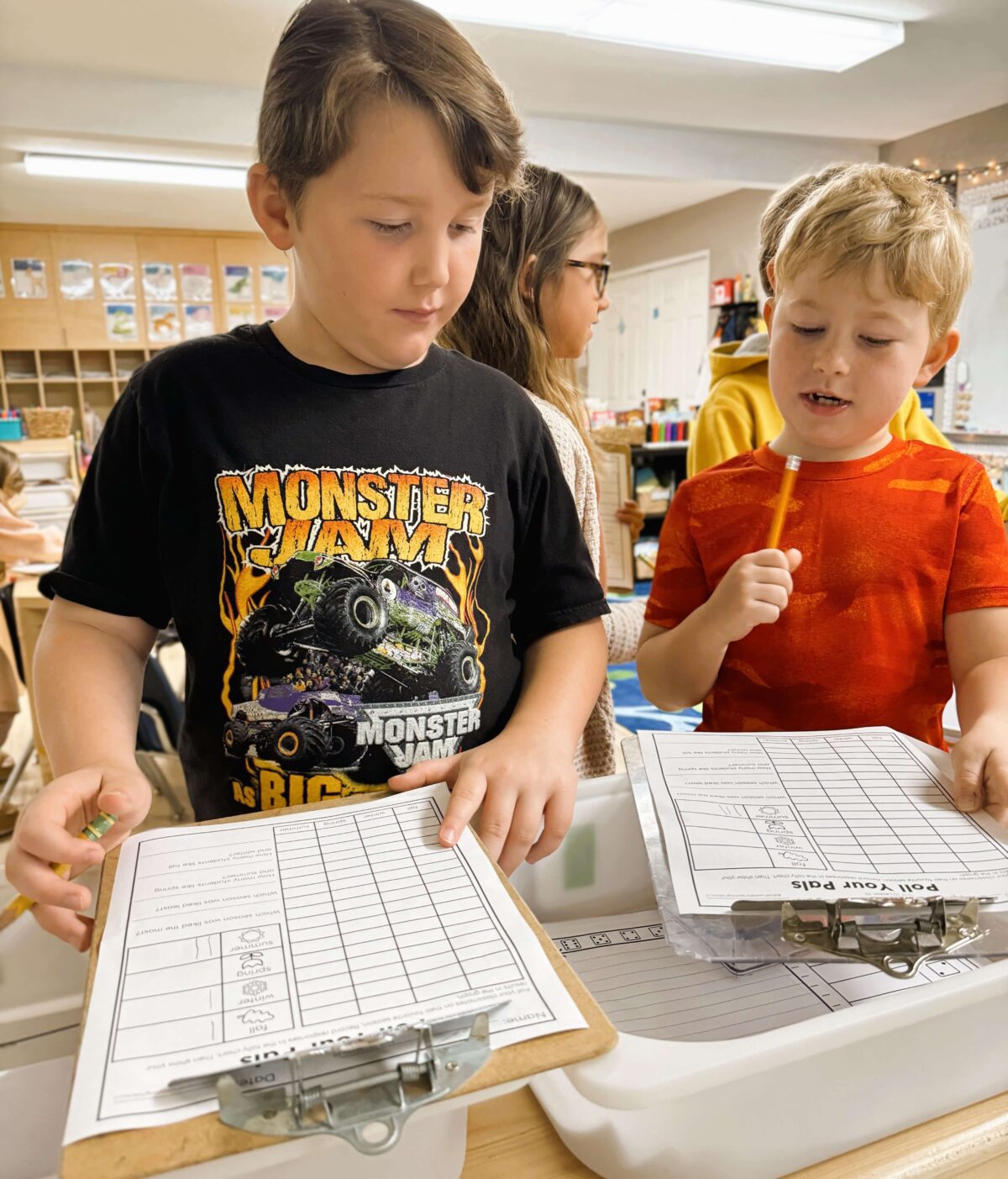
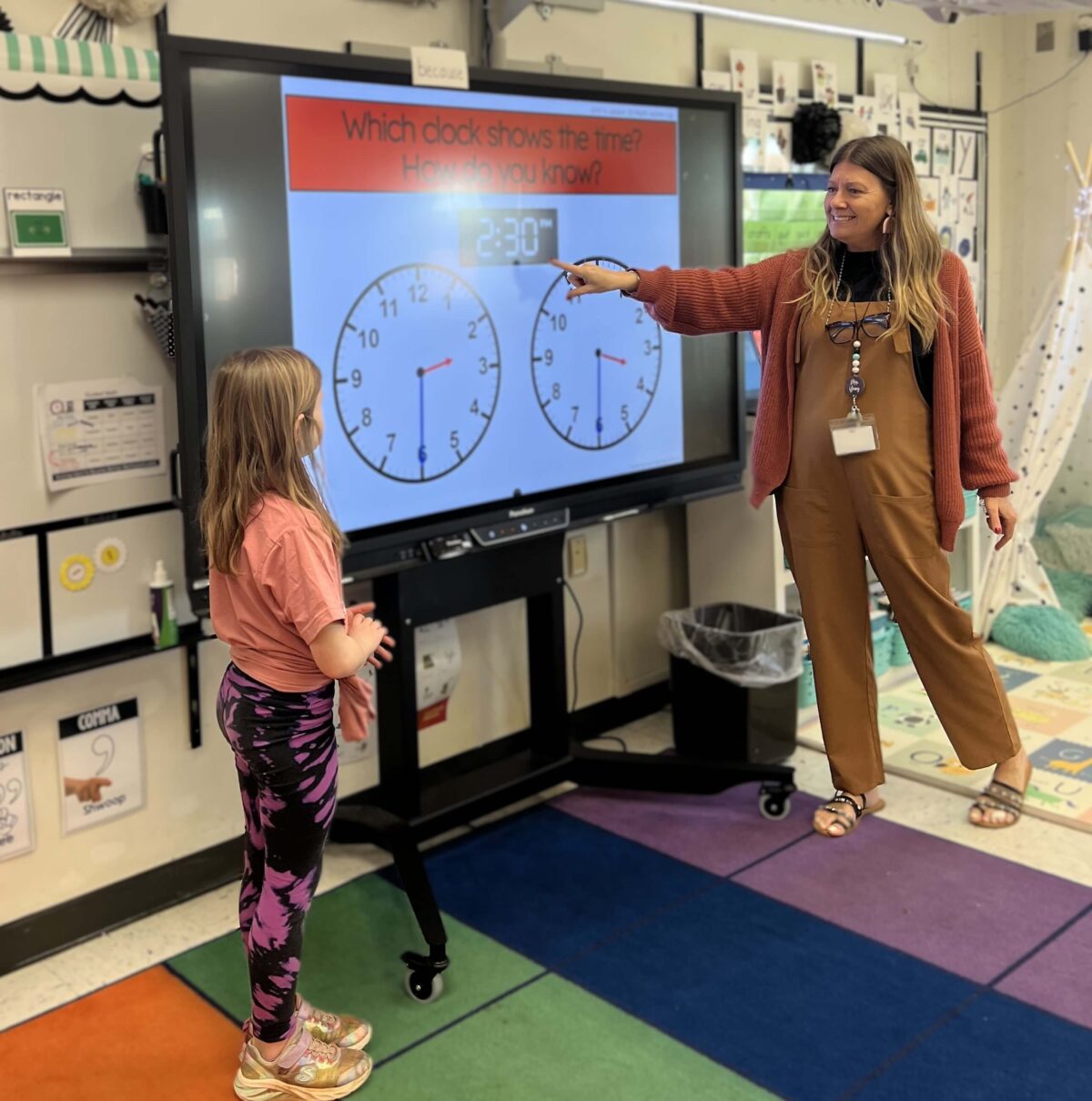
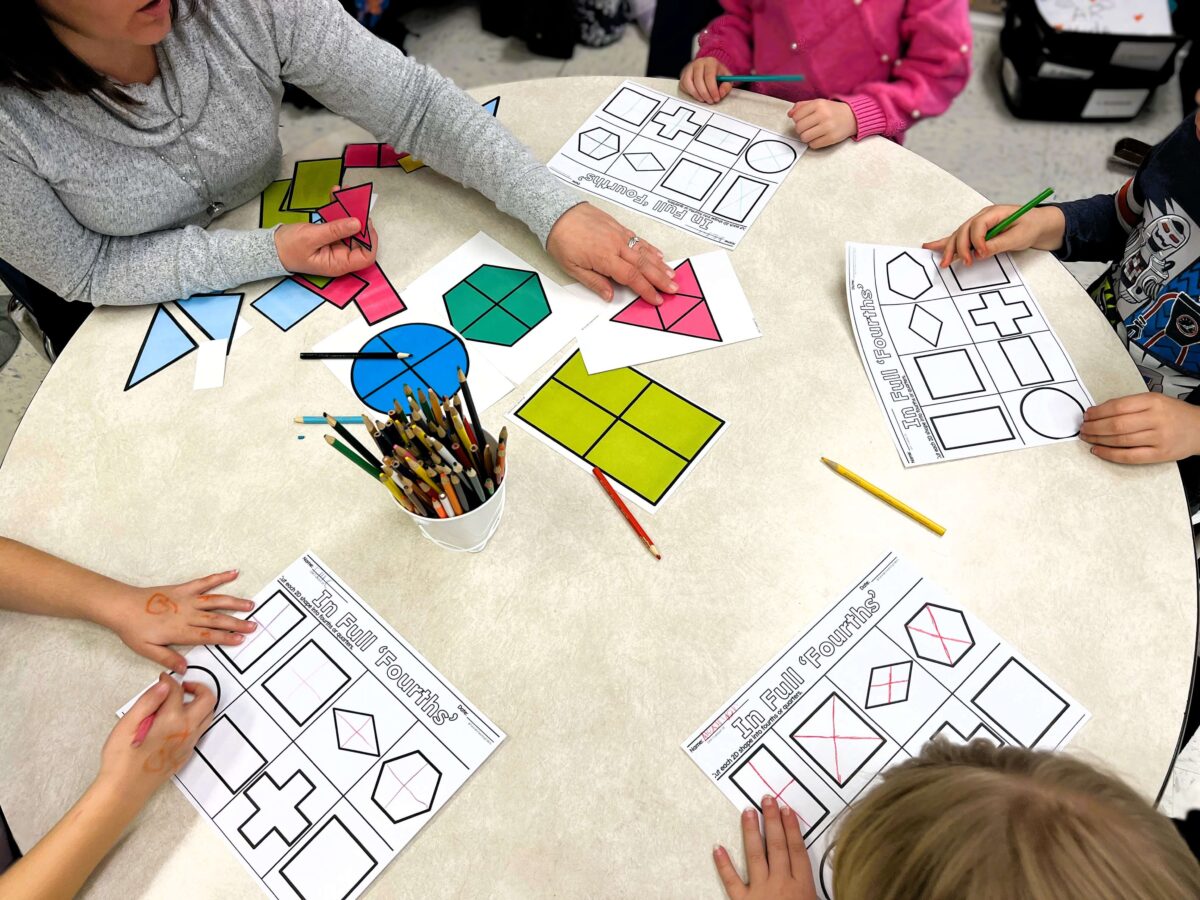



How to Build a Thriving Math Community From Day One
By providing a sequence of connected activities that promote mathematical discussions, teamwork, and involvement in mathematical practices, we not only cultivate a supportive and engaging environment but can make all the difference in how our students approach math learning for years to come.
Building this kind of classroom community is a deliberate process that requires time, effort, and careful attention. It’s about creating a space where students feel safe to take risks, ask questions, and explore math in meaningful ways.
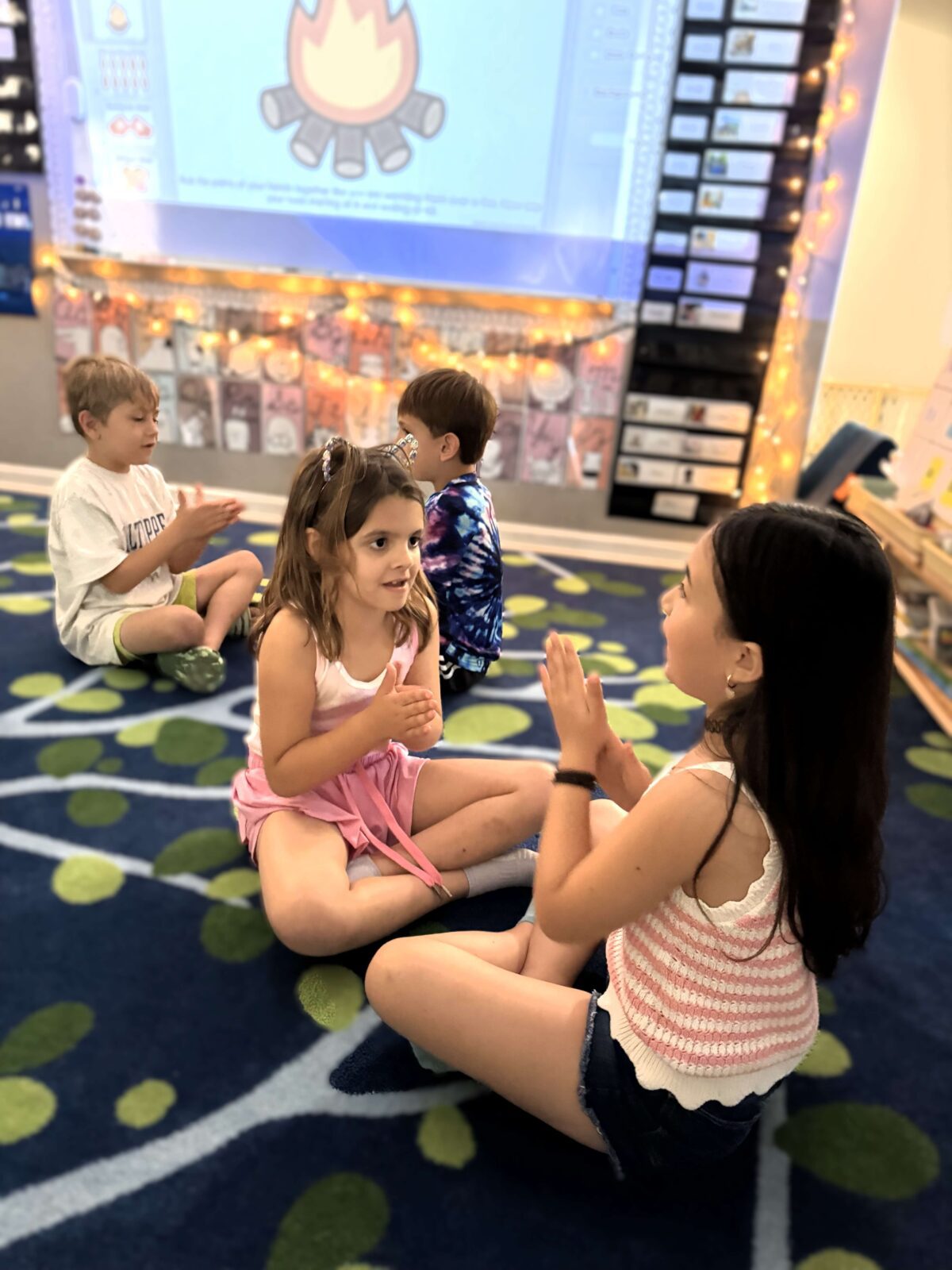
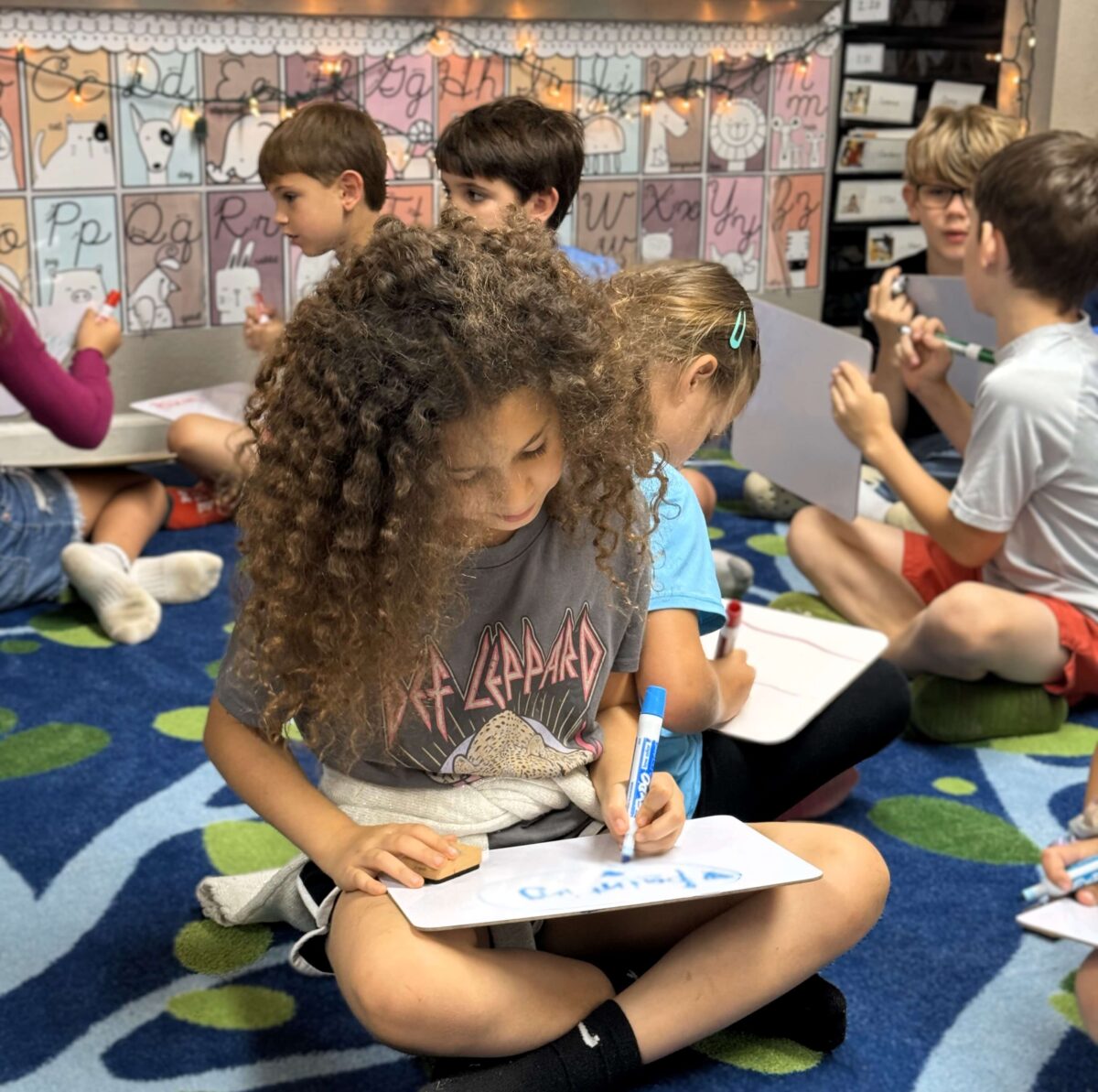



Build Math Community for Student Success
Our math classroom is our gateway to mathematical mastery and confidence. We will learn together as a community of mathematical thinkers. Math isn’t just numbers on a page- it’s an engaging, cooperative, hands-on experience.
Our math classroom is active! We talk about math, share our thinking, move to different activities in the room, and explore many ways to solve problems. We split our time between direct instruction, teacher-led learning, cooperative, and individual learning tasks.
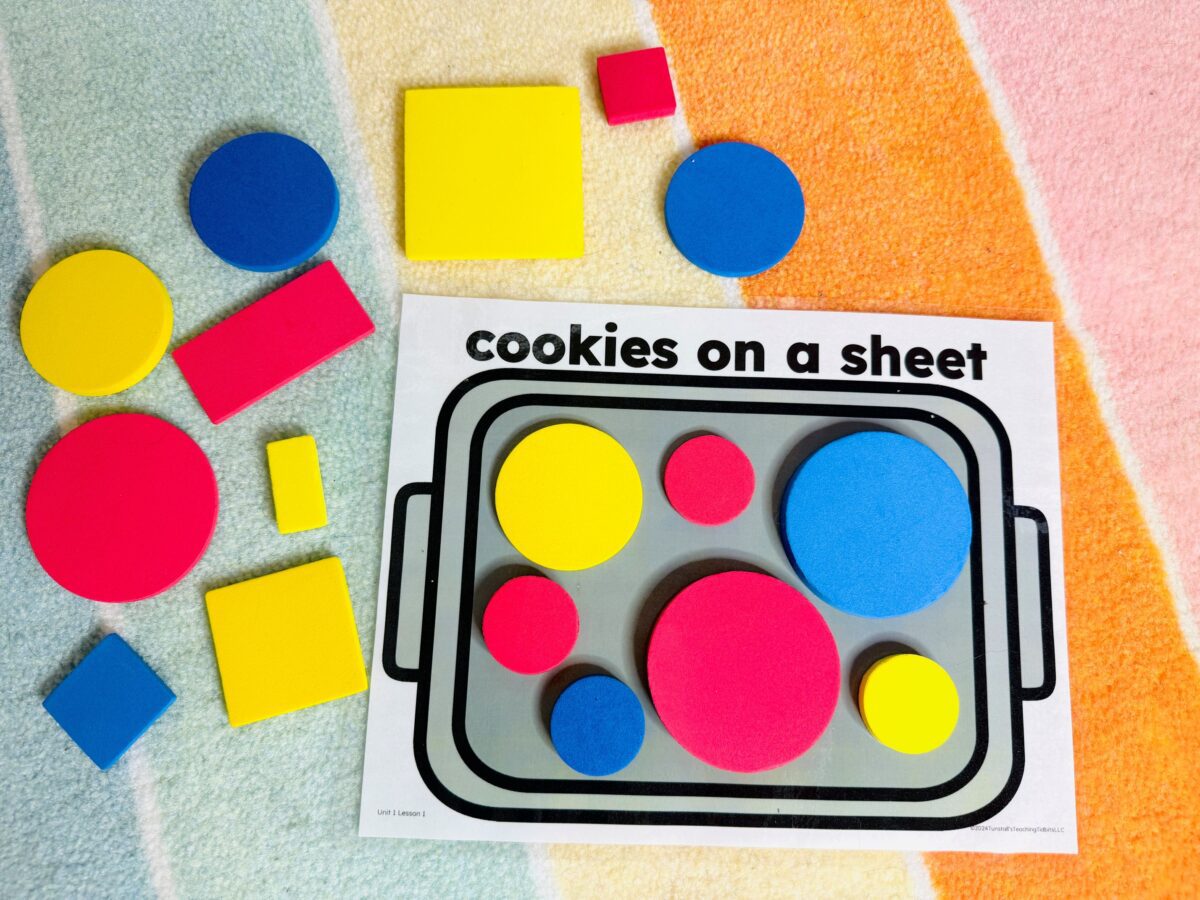
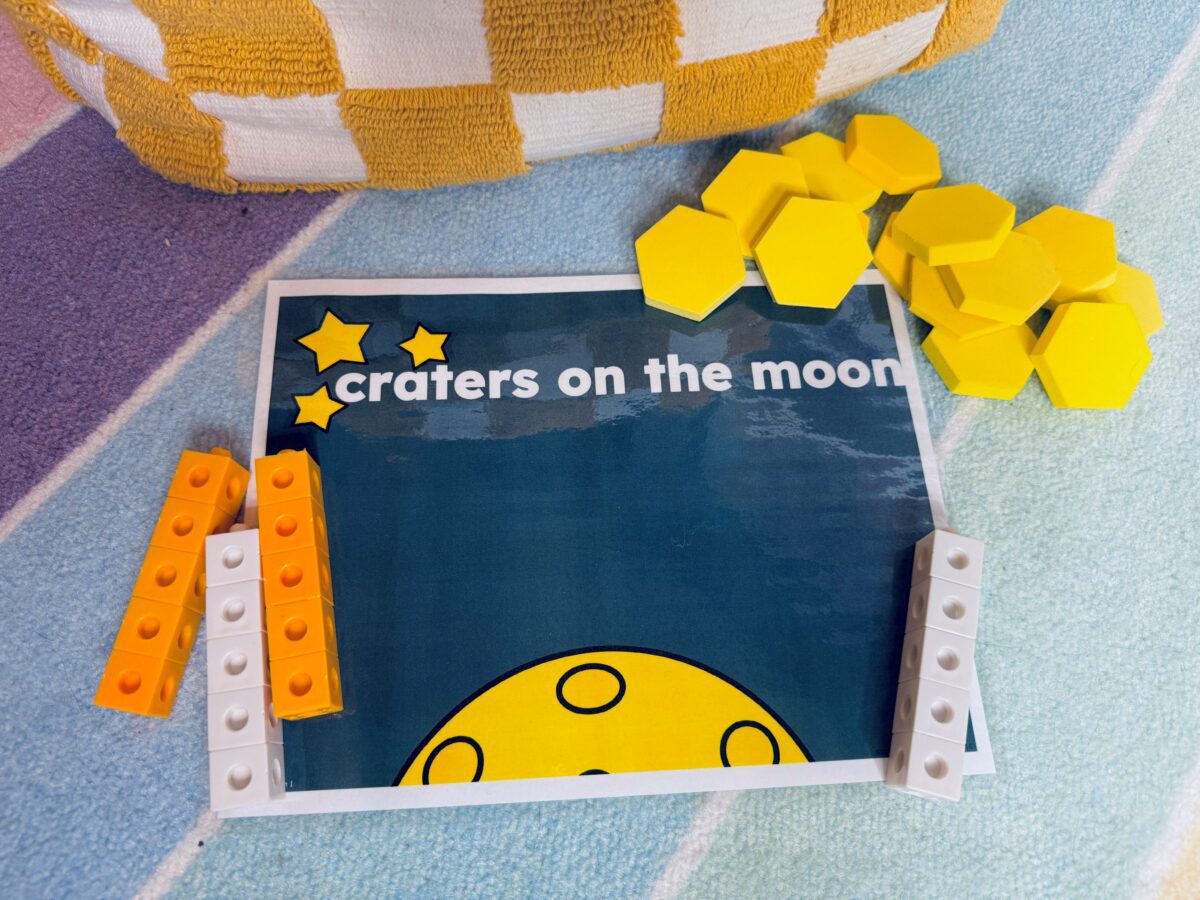
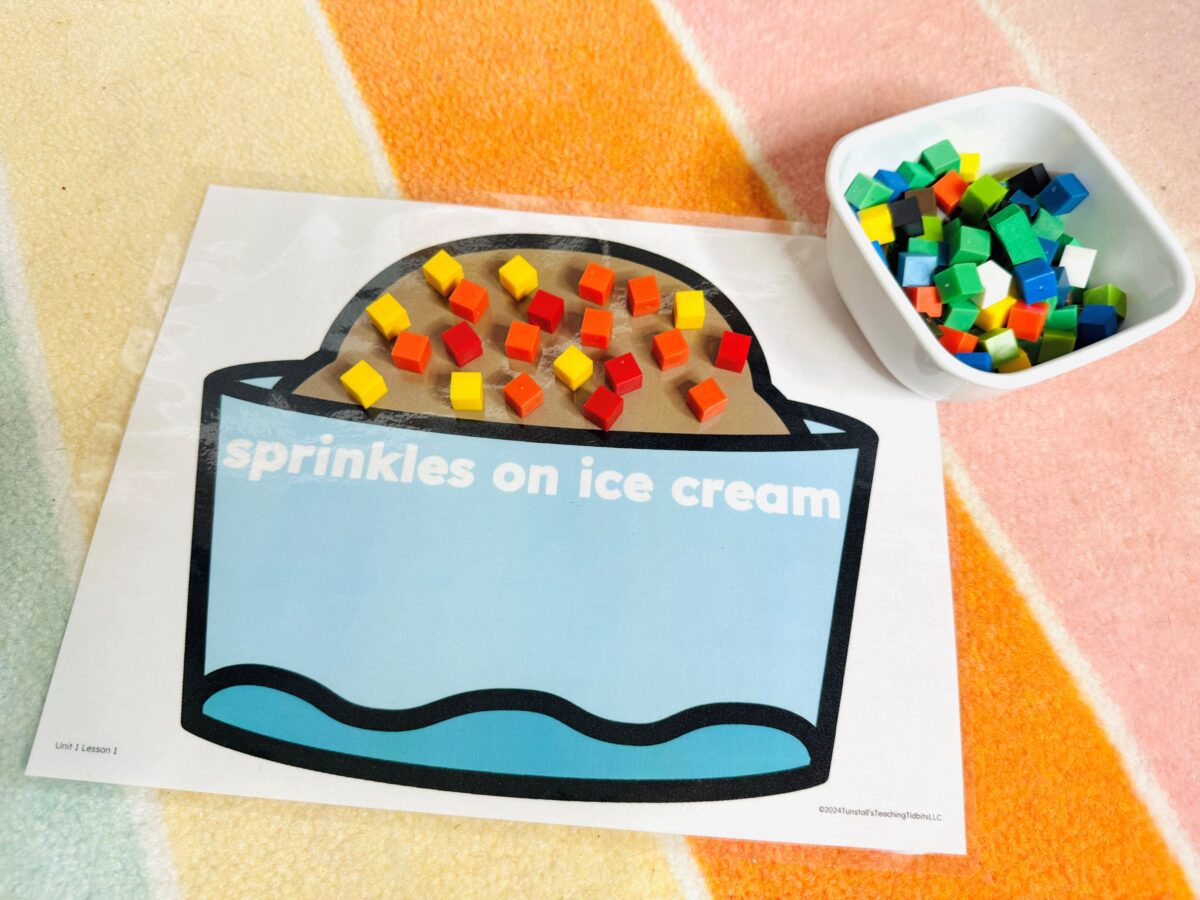
Through fun activities that involve hands-on learning tools, vibrant visuals, academic vocabulary, interactive technology, communication, and movement, we discover the joy of math daily. As we tackle challenges together, we learn to think flexibly and efficiently, building a strong foundation of connected math skills, concepts, and procedures.
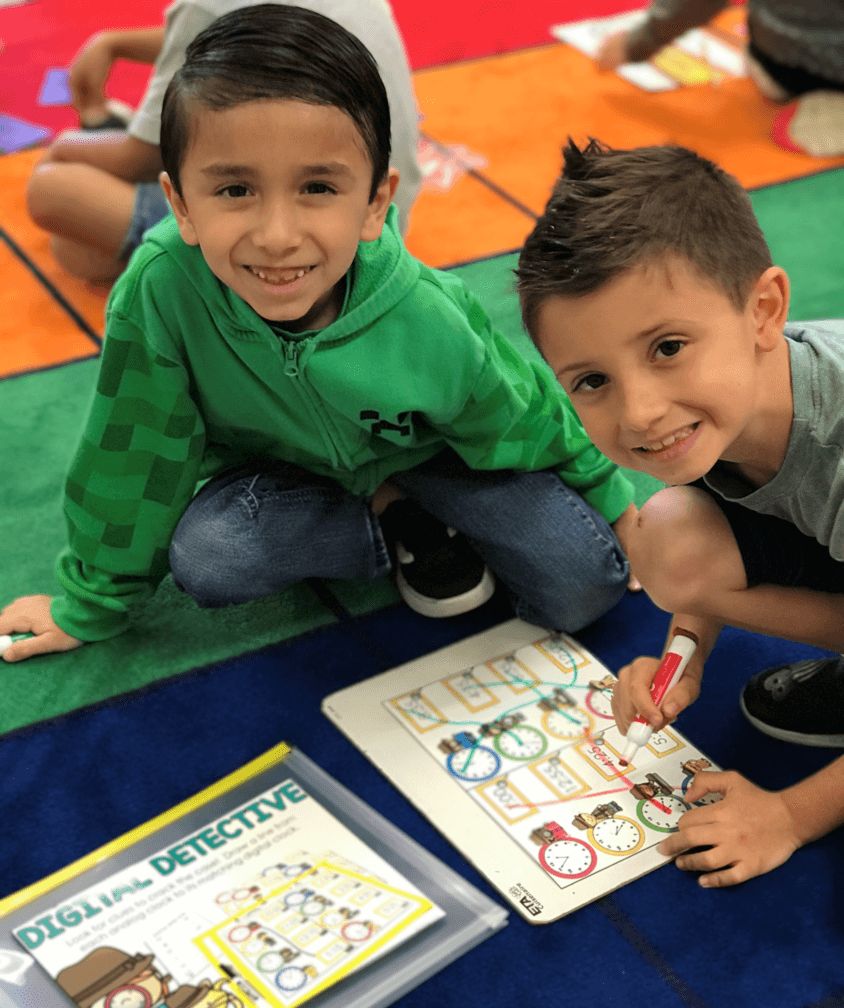
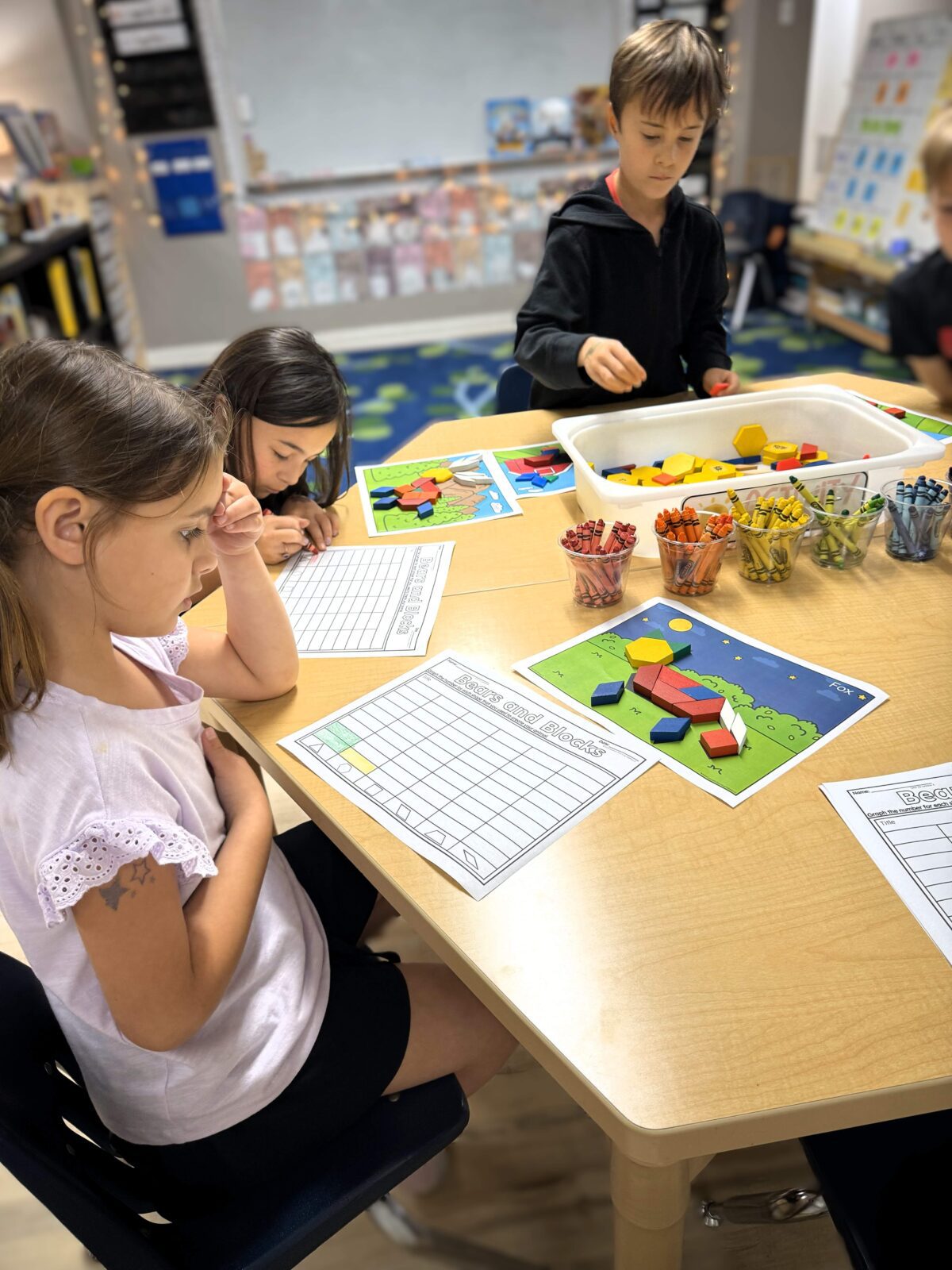
Build Math Community in Kindergarten, First Grade, and Second Grade
Begin a fresh new year building a math community with confidence and ease. Below you can click the Building Math Community Units packed with everything you’ll need.



- Build a community of mathematical thinkers using mathematical process standards.
- Set up systems and structures to support math collaboration, communication, and problem-solving.
- Learn about their classroom community, rules, routines, and tools through numeracy and data analysis.
- Review basic math skills while learning procedures for math workshop.
Free Building Math Community Vocabulary Cards
This free download provides 25 math vocabulary cards focused on Building Math Community in kindergarten, first grade, and second grade. The words are a free sample of the vocabulary found in the lessons of the Total Math Curriculum. Use these words to introduce your math block or math workshop time for beginning math lessons, establishing a math community.
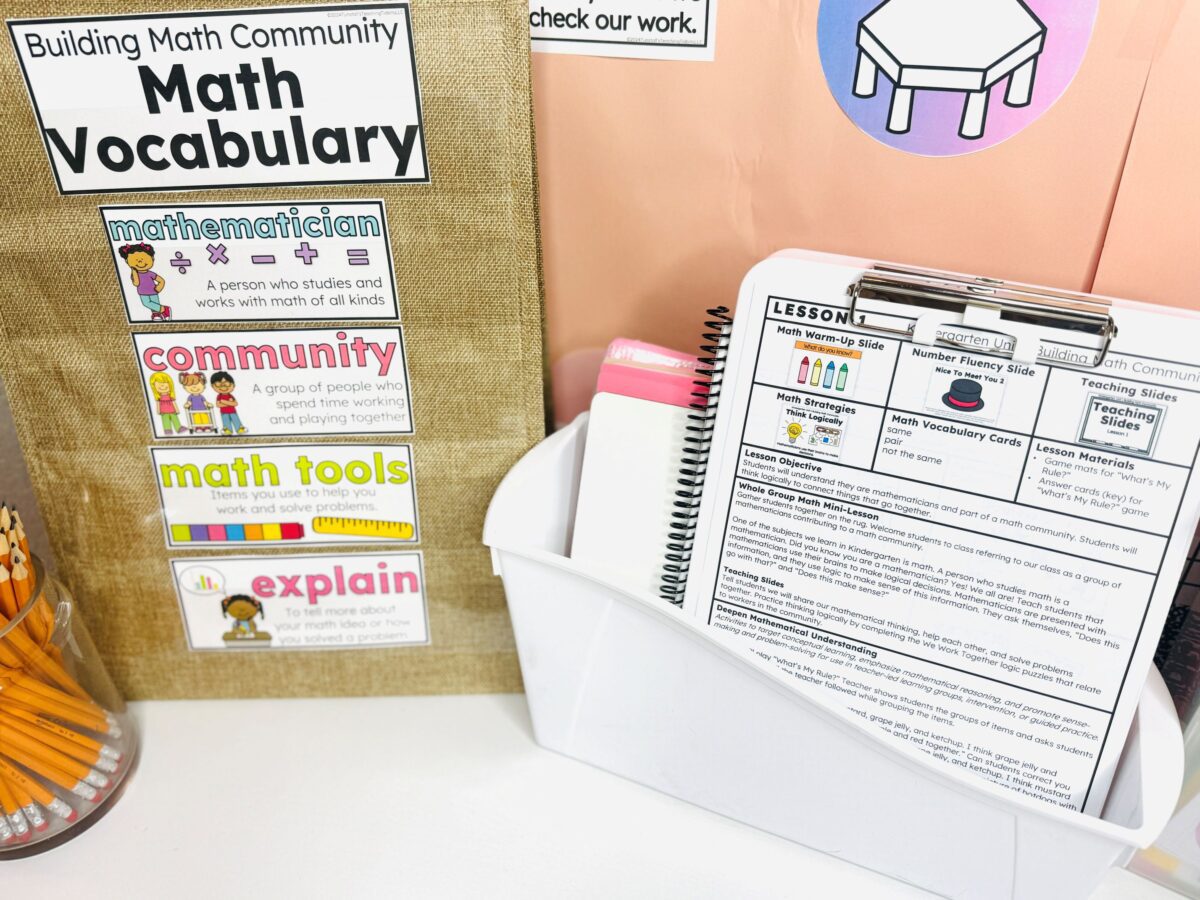
Total Math Workstation Posters
Download these free math workstation posters as a thank you for being a part of our math community.
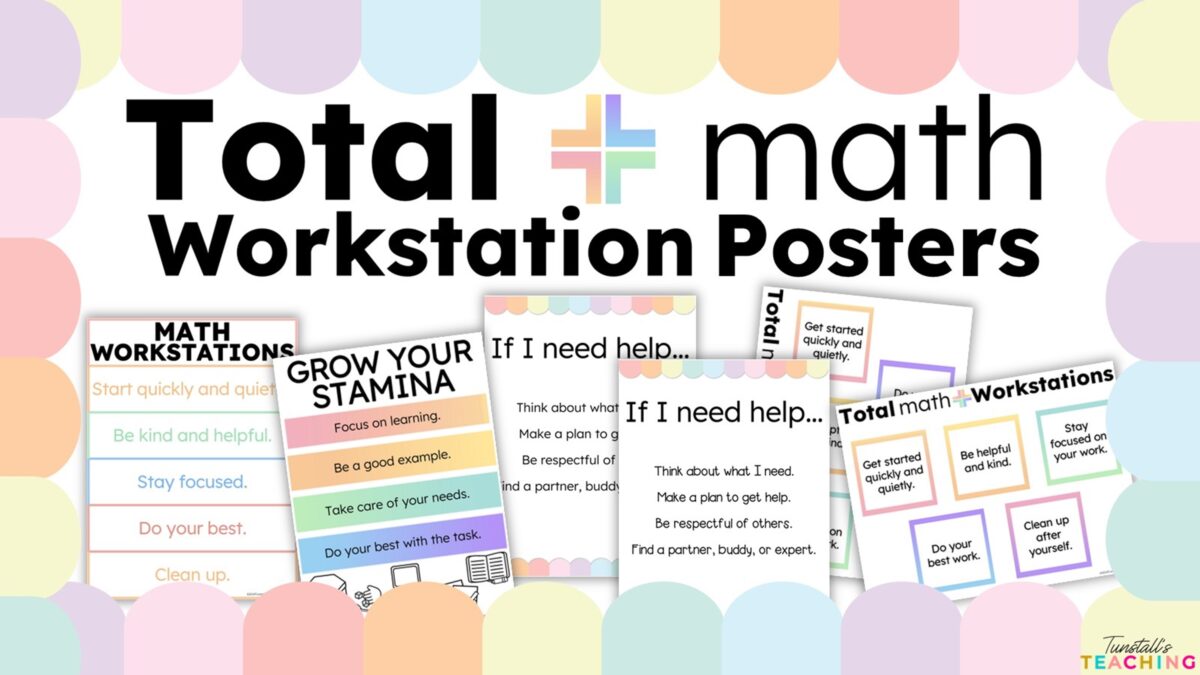



Purchase Orders and Direct Invoices for Total Math Curriculum
We can help your school or district purchase directly using a purchase order or invoice for payment as a vendor. For help with this, email [email protected]. To check if we are already an approved vendor, search our vendor name, Tunstall’s Teaching Tidbits, LLC. Please note that purchase orders must meet the minimum licensing requirement.
What’s Next in Each Grade Level?
Kindergarten Numbers 0-5
Once we have our math community established, our next unit of study in kindergarten is Numbers 0-5. This post provides a detailed overview.
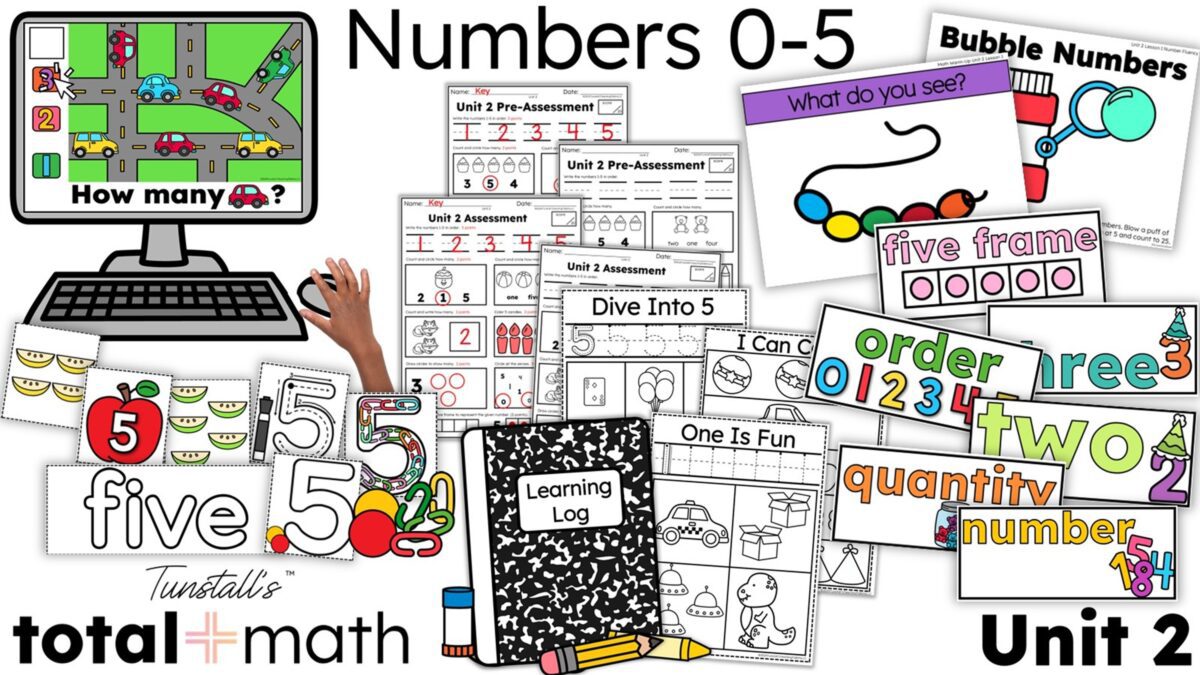
First Grade Foundations of Numbers to 50
First grade dives into Foundations of Numbers to 50 after building a math community. Take a look at how this exciting unit unfolds.
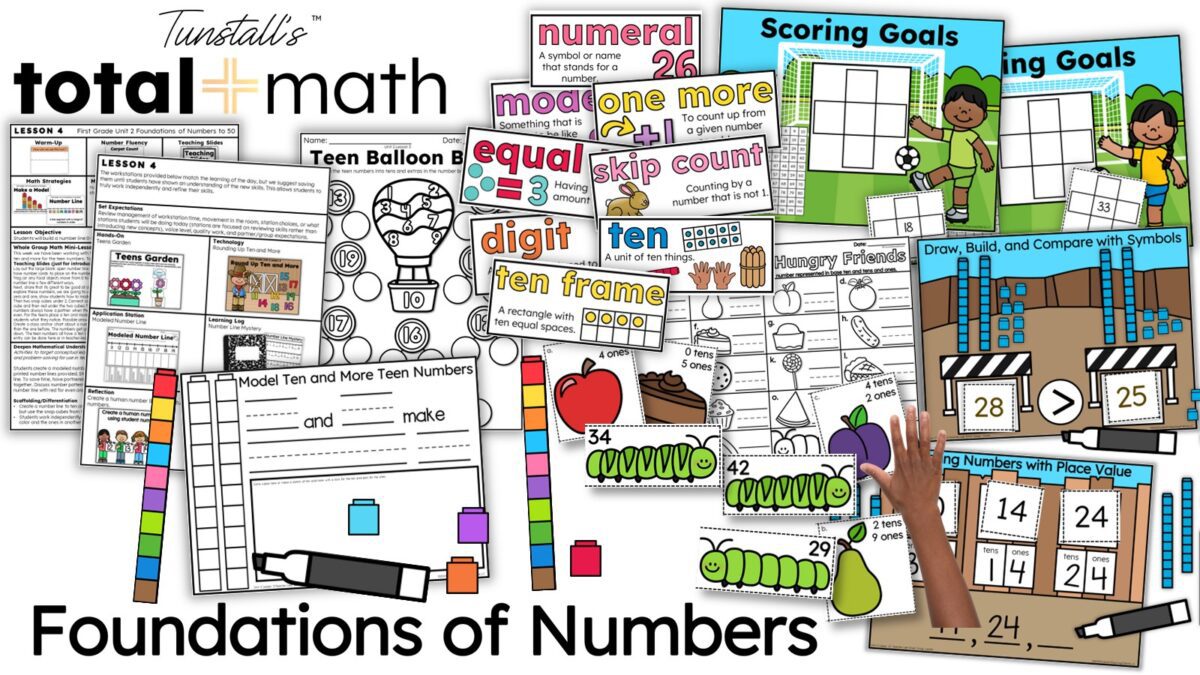
Second Grade Place Value
Place Value is the foundational unit for beginning second grade. Come see how we use Place Value as the building blocks for our math studies throughout the year.
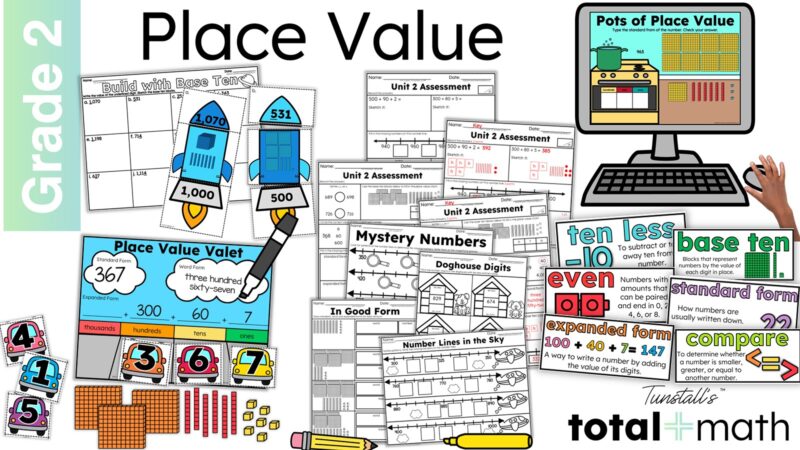

 Contact Us
Contact Us